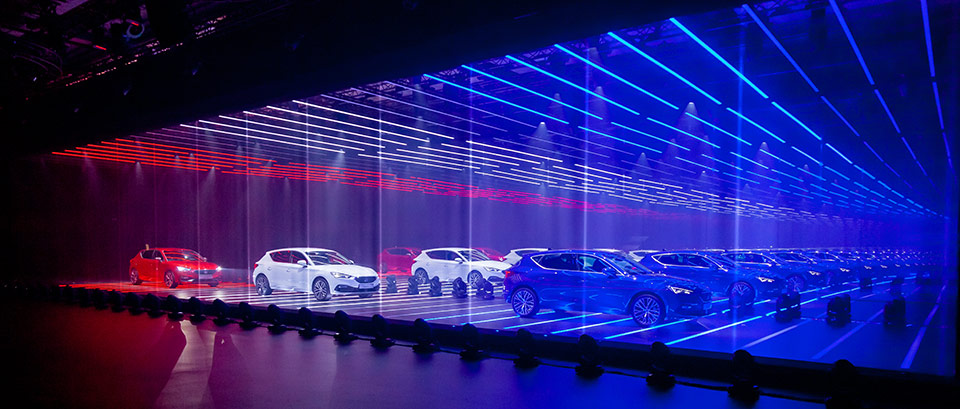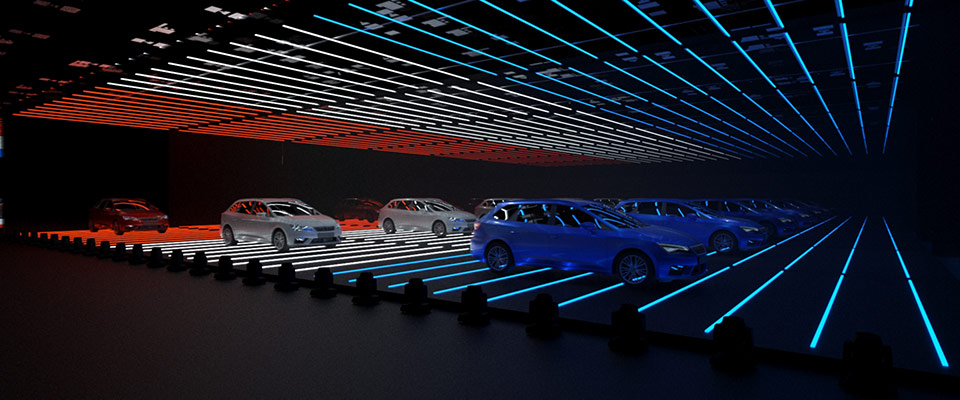The main difference between high quality rendering and a simpler representation form is the accurate physical calculation of light, forms and textures. Imagine that a big amount of photons emerging from a light source hit on a surrounding surface. Depending on the material composition of the surface some portions may get absorbed or reflected and hit onto the next surface. A sort of ping-pong effect is being induced and reflects these points of light in such frequency until a portion of it reaches our iris. This complex computing process takes respectively its time and processing power but it gives you the best realistic results.
HOW IT WORKS
Now let’s keep envisioning the fact that a white point of light is composed of all present colors in the spectrum and that each color can be individually reflected into a wide range of different directions. Each point of light has therefore an incredible amount of possibilities on how to behave. This gives us an idea on how much computing power is needed to render a whole image that consists of billions of colors, hundreds of materials that reflect and absorb differently each time und therefore an inumerable amount of physical actions have to be calculated. All this is what makes an image look highly photorealistic.
Besides a very vivid visual experience high quality renderings also have the important capacity to show essential details in a close-to-reality and technically correct manner. Often a highly elaborated architecture design demands to break things down to the finest detail like furniture and parts of the exhibition construction or highly reflecting exhibition items like cars. Also the behavior and interplay of colors, like for example in the fashion world or in product experience, can be previewed in a level of detail that gives the client assurance and provides a concrete foundation for all project participants.
So it is specially necessary to render in the highest quality possible when complex conditions have to be evaluated in the most realistic manner. Our project Seat Leon CLT shows this type of case. Here, the aim was to get a realistic idea about how two mirroring surfaces behave when positioned one facing the other, with the intention of creating a visual infinity effect. The idea was equally ingenious and challenging because everything you could see through the mirrors, you would see infinitely often. This includes the risk of seeing things you actually don’t want to be seen under certain circumstances. With the help of our 3D model and the preview of any view angle from the audience grandstand, we were able to simulate a realistic representation and avoid unwanted surprises.


